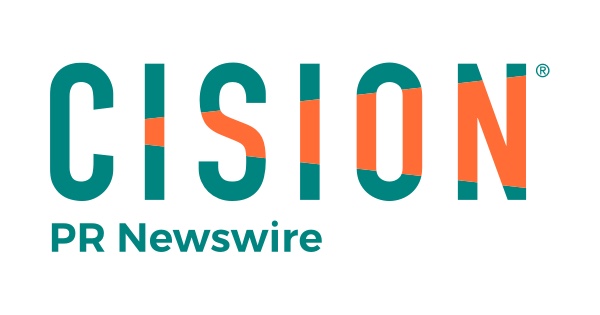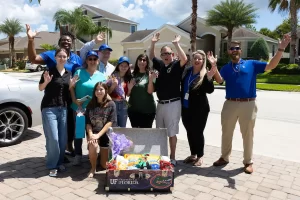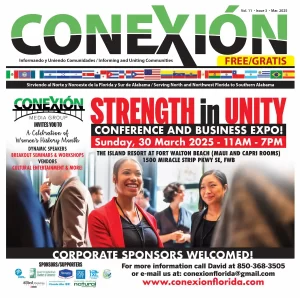5 Government Tips for Recovering After a Hurricane
SOURCE: USAGov in Spanish
WASHINGTON, Sept. 22, 2022 /PRNewswire-HISPANIC PR WIRE/ — If you are in an area that was affected by this storm, we recommend the following tips and links.
1. When to return home after a disaster. Returning home after evacuating could be dangerous if conditions are not yet right. Always follow the instructions of state and local government officials. Do not return home until local authorities tell you it is safe to do so. Do not enter if you notice any hazards such as the smell of gas, flood water around the home, or downed power lines.
2. Clean your house safely when you return. If the local authorities have already authorized the return home, remember to follow the recommendations of the Government agencies to clean your house safely. Follow CDC advice to prevent accidents and the spread of disease.
3. Find assistance after a disaster. If you live in an area that has been declared a disaster area by the President of the United States and your home has become uninhabitable, you can apply for financial assistance to rent a temporary place, reimburse hotel expenses for short periods and others. FEMA can offer help, as long as the expenses are not covered by insurance.
4. How to replace vital documents. If you lost important documents during a natural disaster, remember that the process for replacing documents may vary depending on the state in which you live. Follow these general guidelines to begin the process to replace your birth certificate, passport, driver’s license, and more.
5. Volunteering and donations. After a disaster like a hurricane, many people want to help the victims, working as volunteers or making some kind of donation. The most responsible way to collaborate is by sending cash to trusted and recognized organizations. Sending money does not entail the logistical difficulties of transferring donations in kind and, in addition, helps the recovery of the local economy by allowing purchases to be made in the affected communities.
Find more up-to-date information on assistance and resources available for people affected by Hurricane Fiona on the USAGov Spanish and FEMA Spanish websites. You can also follow us on Twitter and Facebook.



